The variety and flavor of coffee beans in Brazil, the world's largest producer of coffee beans, have originated.
Brazil is the largest producer of coffee beans in the world. Brazil has 21 states and 17 states produce coffee, but four of them produce the largest, accounting for 98% of the country's total output. The taste of Brazilian coffee has a low sour taste, with the sweet and bitter taste of coffee, the entrance is very smooth, but also with a hint of grass aroma, slightly bitter in the fragrance, smooth and smooth, with a pleasant aftertaste. At the same time, many varieties have been planted in Brazil, mainly red bourbon, yellow bourbon, new world and Kaduai.
The most important feature of Brazilian coffee is peace, not too much bitterness and sour taste, so that it is very suitable for blending, but there are also many high-quality boutique beans, such as Bourbon Santos (bourban santos). The flavor of Brazilian coffee is closely related to the growing conditions of coffee. In the previous introduction of origin, we can find that most of the producing areas are high-altitude areas, but Brazil is not.
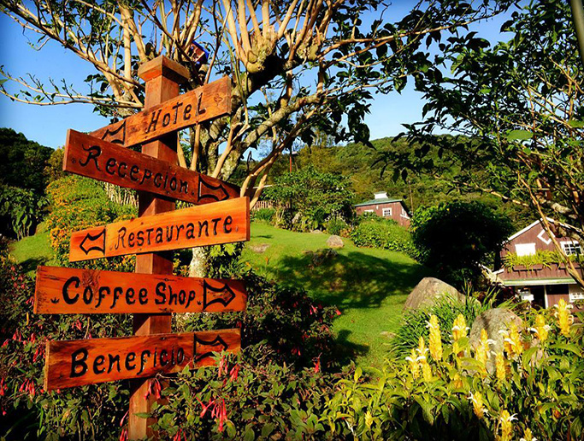
Brazil grows both Arabica and Robusta coffee, while Arabica is mainly bourbon. Bourbon is the second species of Typica mutation. It belongs to the oldest existing coffee variety. The green fruit appears bright red when it is ripe. Bourbon species grown at high altitude usually have better aroma and bright acidity.
According to the color of the fruit, it can be divided into red bourbon, yellow bourbon, orange bourbon, pink bourbon, yellow bourbon, but the yield is relatively low, but the quality is better. Red bourbon is common in Brazil, and yellow bourbon is grown in only a few areas.
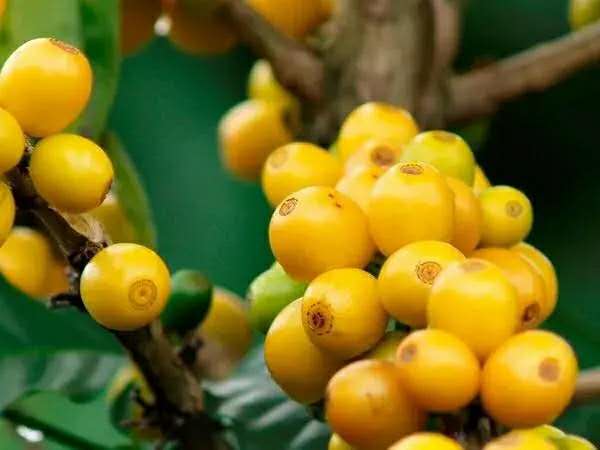
Coffee production in Brazil
The main coffee areas are Minas Gerais, ESP í rito Santo, S ã oPaulo,Bahia,Rond ô nia and Paran á. Despite the huge demand for Arabica varieties from foreign customers, Robusta varieties are usually grown and used for the "blending" of blended coffee.
In addition, due to latitude, resulting in low UV emissivity and weather conditions, coffee plantations can be found at low elevations, even near the coast, allowing mechanical harvesting of cherries. Because of its productivity and tolerance to climate change, the income of the Robusta variety exceeds that of the Arabica variety, so drip irrigation systems are used on large amounts of land.
Brazilian coffee is also a source of profit for small farmers, who are unable to obtain huge investment in plantations and remain an important part of the coffee economy. However, it depends on the country; for example, in Bahia, coffee production is dominated by big owners, while in other areas, such as Sao Paulo, the lack of manual labour is meeting the demand for machinery investment. Overall, Brazil expects to dominate the global market through production.
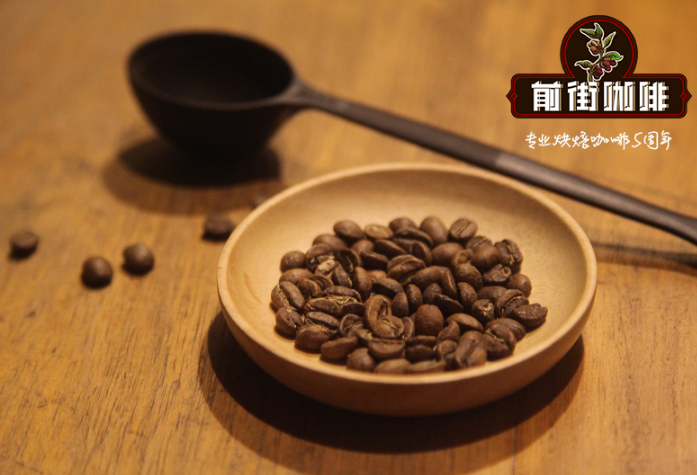
Important Notice :
前街咖啡 FrontStreet Coffee has moved to new addredd:
FrontStreet Coffee Address: 315,Donghua East Road,GuangZhou
Tel:020 38364473
- Prev
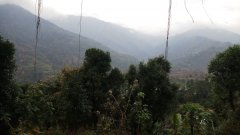
Is Darjeeling black tea of Hilton brand expensive? Is the tea in Ambiok Darjeeling Tea Garden good?
Hillton Tea Estate, also known as Ambiok Tea Garden, is located in the Kalimpong subzone in the north of Darjeeling District. The tea garden is just south of the Nula Valley National Park, so it enjoys a good environment. Although the elevation (700m-900m) is somewhat low compared to some higher gardens, the mountain landscape and slope direction of the Teesta Valley provide good growth conditions. With neighbors
- Next
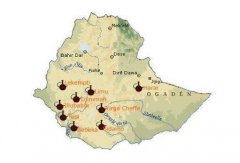
What coffee producing areas are there in Ethiopia? What's the taste of boutique hand-made coffee beans?
There are two main boutique coffee producing areas in Ethiopia, one is Yegashafi and the other is Sidamo. Strictly speaking, Yegashafi is a by-product area of Sidamo. This town is located in the northwest of Sidamo, with a mountain and a lake. It is one of the highest coffee producing areas in Ethiopia on average, but because of its unique flavor, it is independent from Sidamo.
Related
- Beginners will see the "Coffee pull flower" guide!
- What is the difference between ice blog purified milk and ordinary milk coffee?
- Why is the Philippines the largest producer of crops in Liberia?
- For coffee extraction, should the fine powder be retained?
- How does extracted espresso fill pressed powder? How much strength does it take to press the powder?
- How to make jasmine cold extract coffee? Is the jasmine + latte good?
- Will this little toy really make the coffee taste better? How does Lily Drip affect coffee extraction?
- Will the action of slapping the filter cup also affect coffee extraction?
- What's the difference between powder-to-water ratio and powder-to-liquid ratio?
- What is the Ethiopian local species? What does it have to do with Heirloom native species?

